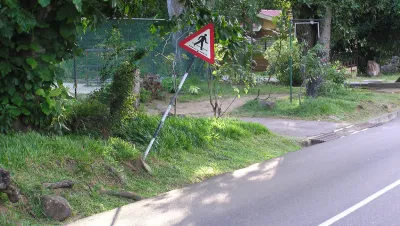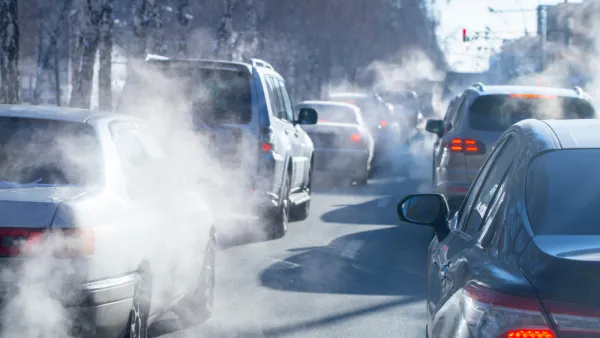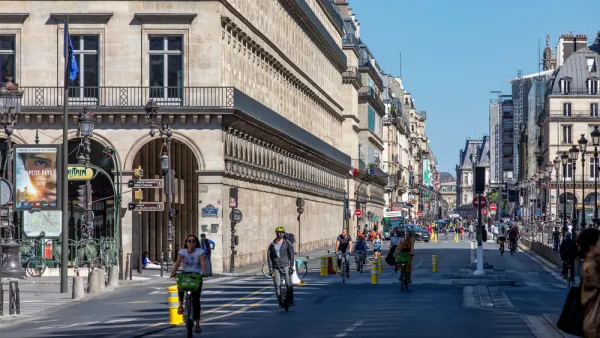In a recent Huffington Post article, F. Kaid Benfield of the Natural Resources Defense Council breaks down some of the barriers for walkability in the United States.

As the United States coming is in dead last for both transit use and walking according to National Geographic's 17-nation Greendex study, it comes as no surprise that Americans prefer driving. Benfield credits this to three major factors in his recent piece: inconvenience and danger, roadway design, and legal bias toward drivers.
Benfield points out the dangers of walking in certain sprawling metro regions that were designed to accommodate vehicles and not pedestrians. Indeed, "a report released by the nonprofit National Complete Streets Coalition earlier this year analyzed traffic fatality data over a ten-year period; the report found that the country’s top four 'most dangerous' metro regions for pedestrians are all in the state of Florida," with many other locations on the list in the sprawling Sun Belt. Unlike major cities, many of these dangerous regions lack destinations within close proximity and basic pedestrian infrastructure such as sidewalks or frequent crosswalks.
Moreover, many states actually blame pedestrians in vehicle-pedestrian collisions rather than drivers. Benfield delves into Raquel Nelson's case in suburban Atlanta from April 2010 to show the bias of these laws. These combined factors lead to many Americans resisting walking or transit use, and keep them enclosed in their cars.
FULL STORY: Americans Don't Walk Much, and I Don't Blame Them

National Parks Layoffs Will Cause Communities to Lose Billions
Thousands of essential park workers were laid off this week, just before the busy spring break season.

Retro-silient?: America’s First “Eco-burb,” The Woodlands Turns 50
A master-planned community north of Houston offers lessons on green infrastructure and resilient design, but falls short of its founder’s lofty affordability and walkability goals.

Delivering for America Plan Will Downgrade Mail Service in at Least 49.5 Percent of Zip Codes
Republican and Democrat lawmakers criticize the plan for its disproportionate negative impact on rural communities.

Test News Post 1
This is a summary

Test News Headline 46
Test for the image on the front page.

Balancing Bombs and Butterflies: How the National Guard Protects a Rare Species
The National Guard at Fort Indiantown Gap uses GIS technology and land management strategies to balance military training with conservation efforts, ensuring the survival of the rare eastern regal fritillary butterfly.
Urban Design for Planners 1: Software Tools
This six-course series explores essential urban design concepts using open source software and equips planners with the tools they need to participate fully in the urban design process.
Planning for Universal Design
Learn the tools for implementing Universal Design in planning regulations.
EMC Planning Group, Inc.
Planetizen
Planetizen
Mpact (formerly Rail~Volution)
Great Falls Development Authority, Inc.
HUDs Office of Policy Development and Research
NYU Wagner Graduate School of Public Service





























